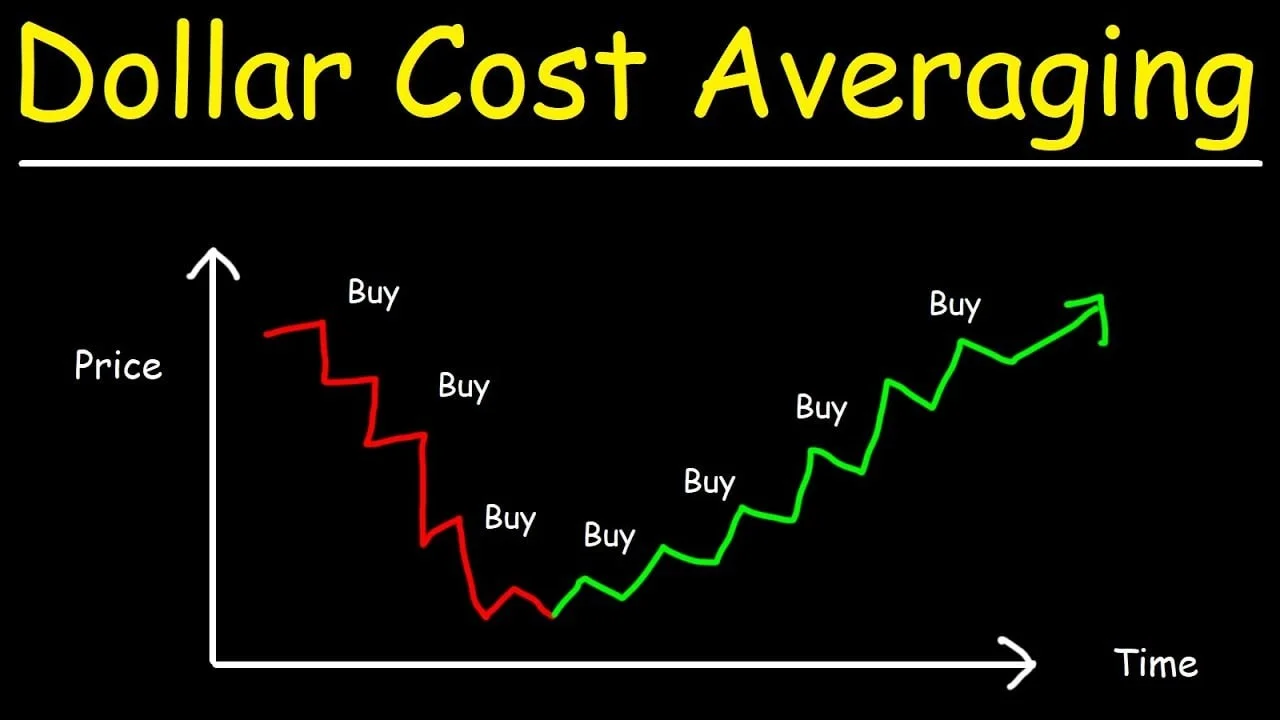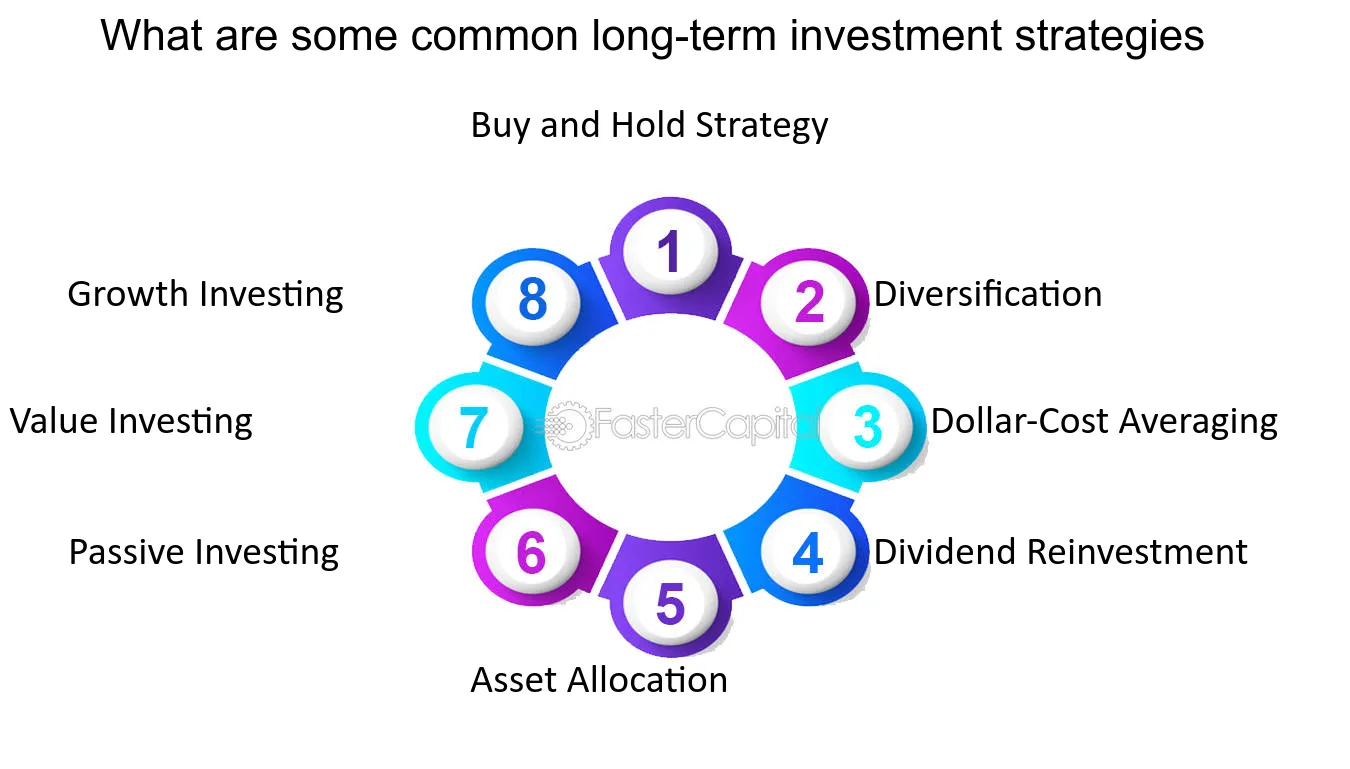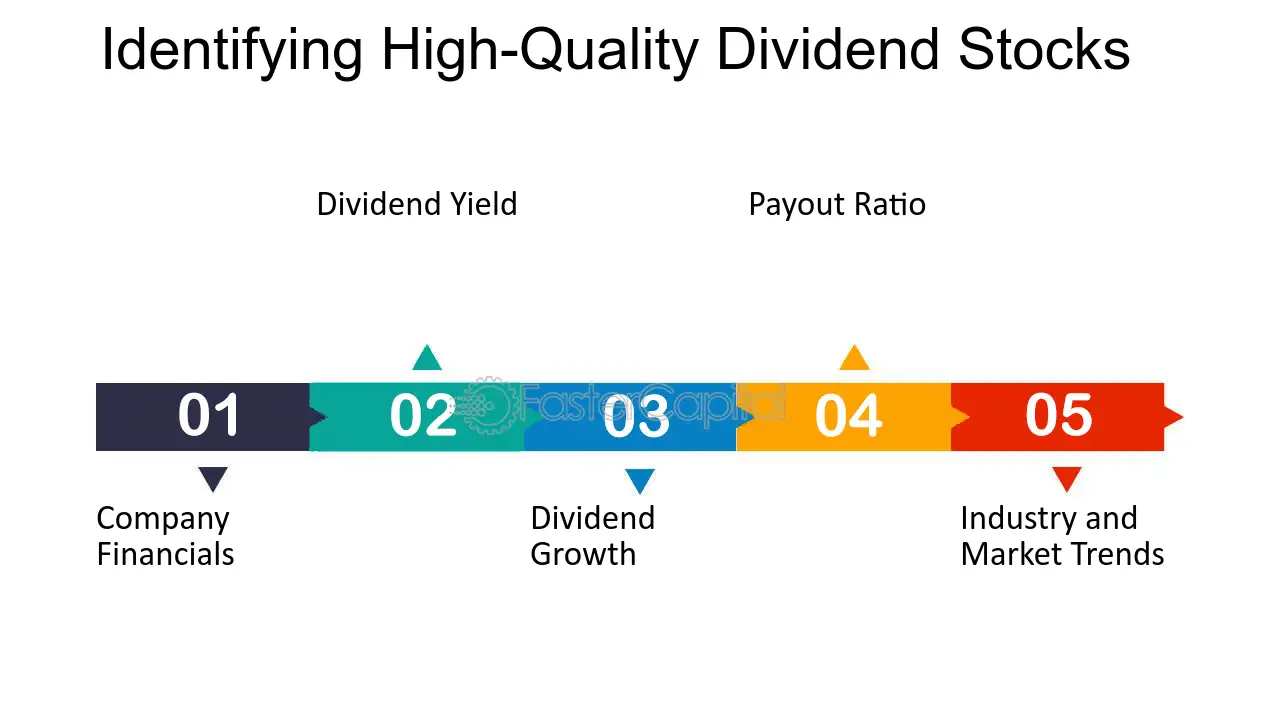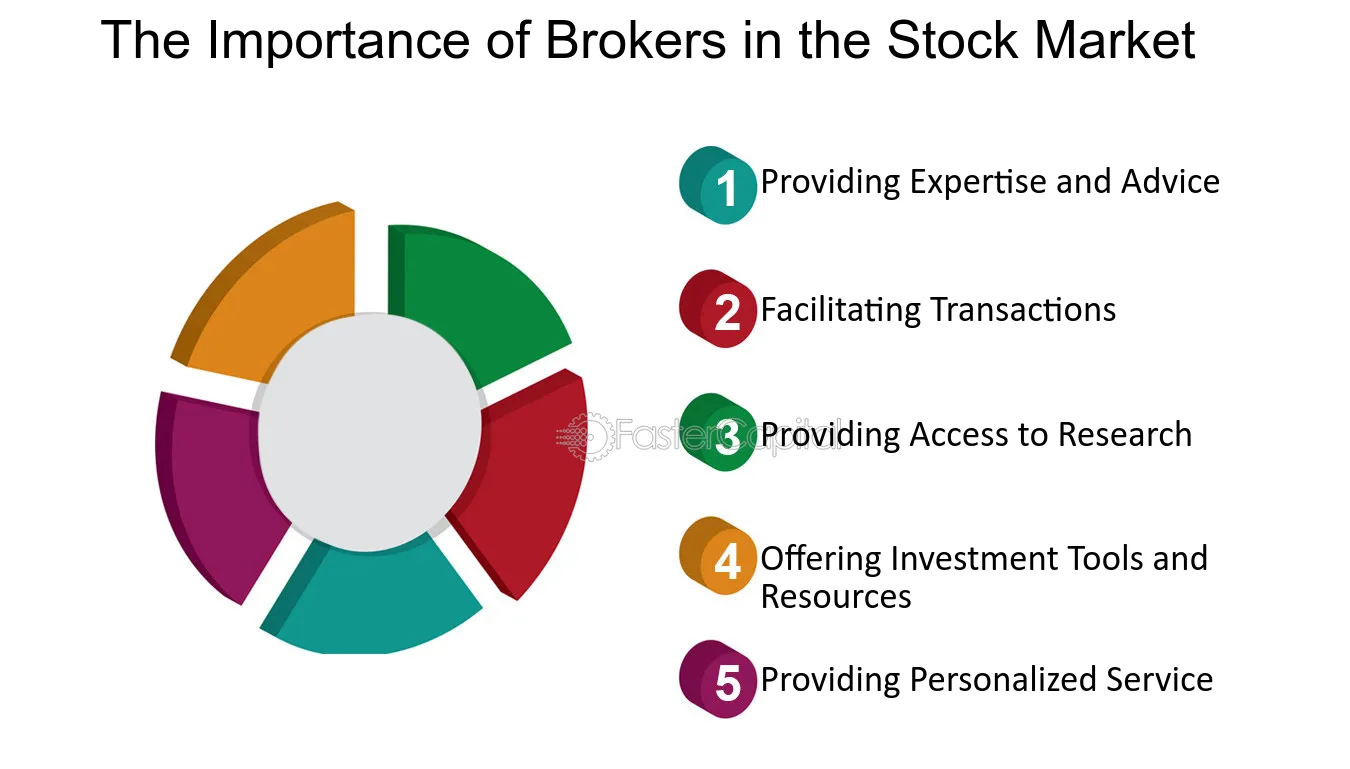
In this article, we will explore the investment strategy known as dollar-cost averaging (DCA) and discuss whether it is a good idea for investors. We will define DCA, explain how it works, and examine its advantages and disadvantages. By the end of this article, you will have a better understanding of DCA and the factors to consider when deciding to use it.
What is Dollar-Cost Averaging?

Dollar-cost averaging is an investment strategy that involves investing a fixed amount of money at regular intervals, such as monthly or quarterly. The goal of DCA is to buy more shares when prices are low and fewer shares when prices are high, thereby smoothing out the average cost per share over time. The concept of dollar-cost averaging has been around for many years and has gained popularity among investors. It provides a disciplined approach to investing, removes the emotional aspect of decision-making, and encourages long-term investment.
Advantages of Dollar-Cost Averaging
There are several advantages to using dollar-cost averaging as an investment strategy:
Reduces the impact of market volatility
One of the key advantages of DCA is that it reduces the impact of market volatility. By investing at regular intervals, you are buying shares at different price points, which helps mitigate the risk of investing a lump sum at the wrong time. This strategy allows you to avoid the stress of trying to time the market and reduces the potential for making impulsive investment decisions.
Smooths out the average cost per share
Dollar-cost averaging helps smooth out the average cost per share over time. When prices are low, you will be able to buy more shares with the same amount of money. Conversely, when prices are high, you will buy fewer shares. This averaging effect can help mitigate the risk of investing a large amount of money at a single point in time.
Encourages disciplined, long-term investing
DCA promotes disciplined, long-term investing by encouraging investors to contribute regularly and consistently. It removes the temptation to try and time the market or make impulsive investment decisions based on short-term market movements. By sticking to a systematic approach, investors can build wealth over time and achieve their long-term financial goals.
Suitable for investors with limited funds or risk aversion
Dollar-cost averaging is particularly suitable for investors with limited funds or those who are risk-averse. It allows for the gradual investment of smaller amounts over time, making it more accessible to individuals who may not have a large initial investment. Additionally, it provides a methodical and less risky approach to investing, which may be appealing to those who prefer a more conservative strategy.
Disadvantages of Dollar-Cost Averaging
While dollar-cost averaging has its advantages, it also comes with some disadvantages:
Potential for lower overall returns
One potential disadvantage of DCA is the possibility of lower overall returns compared to lump-sum investing. Since DCA involves investing a fixed amount at regular intervals, it may result in missing out on potential market gains if the market is consistently rising. Investors who invest a lump sum at the right time may benefit from higher returns.
Slower wealth accumulation compared to lump-sum investing
Dollar-cost averaging may result in slower wealth accumulation compared to lump-sum investing. Since DCA involves investing smaller amounts over time, it may take longer to build a substantial investment portfolio. This slower accumulation of wealth may not be ideal for investors who are looking to grow their investments rapidly.
Complexity and potential for confusion
Implementing dollar-cost averaging can be more complicated and confusing compared to lump-sum investing. It requires discipline and consistency to be effective, as well as careful monitoring and management of the ongoing investments. Tracking the performance of multiple investments made at different intervals can be challenging and may require more effort and attention.
Factors to Consider When Deciding to Use Dollar-Cost Averaging
When deciding whether to use dollar-cost averaging as an investment strategy, there are several factors to consider:
Investment goals and time horizon
Consider your investment goals and time horizon. DCA is generally more suitable for long-term investment goals, as it is a strategy that requires consistent contributions over time to achieve its full potential. If you have short-term investment goals, other strategies may be more appropriate.
Risk tolerance and investment objectives
Assess your risk tolerance and investment objectives. DCA is a more conservative strategy that aims to reduce risk and volatility. If you have a higher risk tolerance or are seeking higher returns, other investment strategies, such as lump-sum investing or different investment approaches like value or growth investing, may be more suitable.
Market conditions and economic environment
Consider the current market conditions and economic environment. Periods of high volatility or uncertainty may impact the effectiveness of dollar-cost averaging. It is important to understand how market trends and economic factors can influence the outcome of your investment strategy.
Personal financial situation and investment resources
Evaluate your personal financial situation and available resources for regular investments. Dollar-cost averaging requires consistent contributions over time, so it is essential to determine whether you have the available funds to invest regularly. Consider your budget and ensure that you can maintain the contributions required for DCA to be effective.
Alternatives and Complementary Strategies to Dollar-Cost Averaging
While dollar-cost averaging is a popular investment strategy, there are alternatives and complementary strategies that you can consider:
Lump-sum investing
Lump-sum investing involves investing a large amount of money at once. This strategy has the potential for higher returns but also carries higher risk. If you have a substantial amount of money available for investment and are confident in your timing, lump-sum investing may be a suitable alternative to DCA.
Hybrid approaches
You can also consider hybrid approaches that combine dollar-cost averaging with lump-sum investing. This involves investing a portion of your funds immediately and the rest over time. This strategy allows you to take advantage of potential market gains while still benefiting from the averaging effect of DCA.
Other investment strategies
There are various other investment strategies that you can explore, such as value investing, growth investing, or index investing. These strategies may offer different advantages and align better with your investment objectives and risk tolerance. It is important to research and understand these strategies before making any investment decisions.
Practical Implementation of Dollar-Cost Averaging
To implement dollar-cost averaging effectively, consider the following practical steps:
- Determine the investment amount and frequency based on your budget and investment goals.
- Select the appropriate investment vehicles, such as mutual funds, ETFs, or individual stocks, based on your risk tolerance and investment preferences.
- Automate the investment process by setting up automatic transfers or contributions. This ensures consistency and eliminates the need for manual intervention.
- Monitor and adjust your strategy as needed. Regularly review your investments and make any necessary changes based on market conditions or changes in your financial situation.
Conclusion
In conclusion, dollar-cost averaging can be a good investment strategy for many investors. It offers advantages such as reducing the impact of market volatility, smoothing out the average cost per share, and encouraging disciplined, long-term investing. However, it also has its disadvantages, including potential lower overall returns and complexity in implementation. When deciding whether to use dollar-cost averaging, consider factors such as your investment goals, risk tolerance, market conditions, and personal financial situation. It is essential to align DCA with your individual investment objectives and risk tolerance.
There are alternatives and complementary strategies to consider, such as lump-sum investing or hybrid approaches. It is important to research and understand different investment strategies before making any investment decisions. By thoroughly evaluating your options and considering your specific circumstances, you can make informed decisions that align with your financial goals.

























